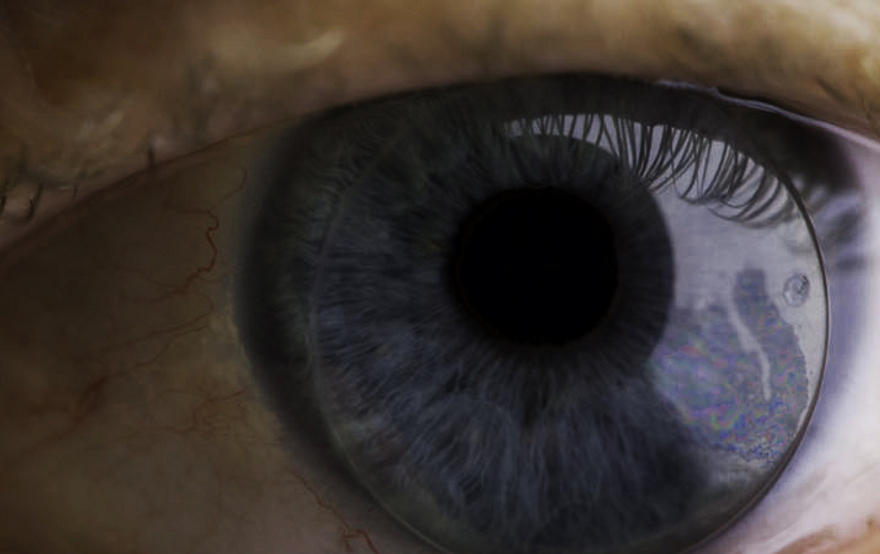A girl of about 9 slowly makes her way downstream from ‘the beach,’ a small spit of sand in the park at the adjacent site. Carrying a walking stick she has found, she’s left her parents and brothers to explore a bit on her own. She seems sad, even depressed, and does not wave when I do.
 She walks downstream about 50 meters in the water and on the stones of the opposite shore, and then turns around. When she gets directly in front of me, still looking glum, I ask, ‘Do you know what a Great Blue Heron is?’
She walks downstream about 50 meters in the water and on the stones of the opposite shore, and then turns around. When she gets directly in front of me, still looking glum, I ask, ‘Do you know what a Great Blue Heron is?’
The girl shakes her head, suddenly looking much older than her years. I continue, ‘It’s a very big and beautiful bird, with really long legs and neck. Last week there was one standing right where you are now. It was as tall as you are.’
With that she gives a small smile, just enough to confirm my perception of despondency. Without saying a word, she walks back to her family a short distance upstream.
To see things as they are is not to be ‘tortured by negativity.’ On the contrary, to reach the light and have compassion we have to see and pass through the darkness. Positive thinking is in actuality the most negative thing, because it’s a reaction to and whitewash of what is.
Duality lies in not seeing the world as it is; duality is in a person believing that they remain above the world, beyond the darkness, and standing in the light. The attitude of false detachment and equanimity is even more destructive than attachment and reaction because it is essentially dishonest and misleading.
There have been very few enlightened people in human history. I’m not one of them, though I know many people who haven’t gone nearly as far who think they are.
For innumerable generations, human consciousness was a livable mixture of light and darkness. A person could be decent and be both, and most people were. Now, for the first time in history human consciousness and darkness are synonymous, and simple decency is no longer an option.
That is not to see the world in terms of light and darkness dualistically, much less to be tortured by negativity. It simply means the living generations have no choice but to deal with the accumulated neglect of previous generations.
Yet the more untenable human consciousness becomes, the greater the need, especially in America, to see the world through rose-colored glasses.
When one sees a child under 10 who looks chronically depressed, a man or woman of any caring asks, why?
Most people in this hyper-individualistic culture would attribute the child’s despondency to the family, and look no further. They might invent a story of marital discord, or even abuse and neglect.
Such factors could be the main reason for the little girl’s depression. But though discord and abuse are all too common, I didn’t have the feeling they were responsible in this case, or indeed in most cases of childhood depression these days.
Young children mirror the culture. A healthy and happy family can offset a disintegrated and dysfunctional culture to some degree, but parents who think they can separate themselves from the culture and protect their children from it are fooling themselves.
In the American culture, which has largely become the global culture, to see and say things as they are is taboo, and labeled ‘being negative.’ However when one sees things as they are and meets them without Eastern or New Age platitudes and panaceas, one is disturbed, not tormented.
There’s a saying attributed to Jesus, though one you won’t find in the Bible: “Bring forth what is within you, and what you bring forth will save you; do not bring forth what is within you, and what you do not bring forth will destroy you.”
What is within us is not just what’s within us as individuals. Below the surface is one’s inseparable portion of the content of the culture, and below that of human consciousness itself. We are not individuals.
And yet this culture has become so individualistic that most people believe there is no culture that affects them—the culture something out there, in the media, on the Net, etc.
A person’s worldview is crucial, but not determinative of character. What determines our character is both how we see the world and whether we respond or react to it.
Children aren’t taught the difference between response and reaction because most adults don’t know the difference. Whether a psychological and cultural revolution occurs now or not, parents and teachers urgently need to learn that response is non-reaction.
When the truth about society and the world is hidden from children, they sense and are affected by darkness/deadness without the guidance to deal with it. This is the main reason so many children are depressed in North America.
Martin LeFevre

